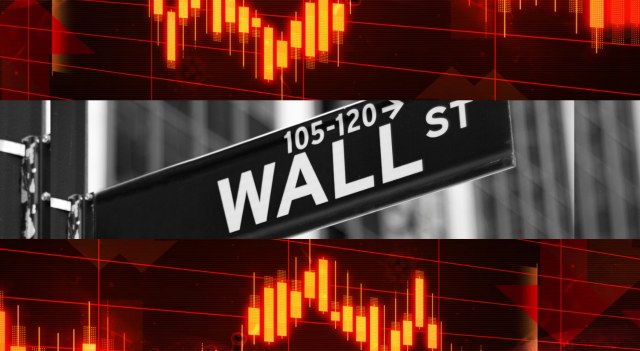The nearly 10% surge in major U.S. stock indices in just over two months this year has left strategists from JPMorgan Chase (JPM) and Goldman Sachs (GS) split over the possibility of a bubble forming in the market. Marko Kolanovic, chief strategist at JPMorgan, sees the dramatic rise in U.S. stocks and the rapid ascent of bitcoin (XBTUSD) to near $70,000 as signals that the answer is “yes.”
Kolanovic views these advancements as indicative of an accumulation of excesses in the market—conditions that typically precede a bubble when asset prices rise at an unsustainable rate. He joins a quickly growing chorus of Wall Street warnings reminiscent of the late 1990s dot-com boom or the early 2021 meme stock frenzy, where stock prices rapidly inflated and then crashed.
Conversely, David Kostin of Goldman Sachs is among those who believe the bullish sentiment is justified, arguing that the high valuations of big techs are backed by solid fundamentals. As the S&P 500 continues to reach new highs—primarily driven by gains in giant American tech companies—it draws the criticism of skeptics who doubt the uptrend’s longevity and the enthusiasm of optimists who see more room for gains.
Kolanovic represents the former group, noting that the market is advancing “with low volatility, and excesses accumulating.” He points out that stocks have risen this year despite rising bond yields and dismantled expectations for interest rate cuts. “Investors might be assuming that the rise in yields reflects an economic acceleration, but earnings projections for 2024 are declining, and the market appears overly complacent about the cycle,” he stated in a note to clients.
In contrast, Kostin from Goldman argues, “this time is different.” Unlike other periods in history when stock prices moved abruptly, often beyond their worth, the breadth of “extreme valuations” is much more contained this time, with the number of stocks trading at these multiples significantly down from the peak in 2021.
Moreover, Kostin highlights that, unlike the “growth at any cost” mentality of 2021, “investors are primarily paying high valuations for the largest growth stocks in the index.” He believes that the valuation of the ‘Magnificent 7’ is currently supported by their fundamentals. This group, especially Nvidia (NVDA), Meta Platforms (META), and Microsoft (MSFT), has advanced this year and pulled major stock indices along with them. The S&P 500 has recorded 15 closing highs in 2024, stringing together four consecutive months of gains.
So far, fourth-quarter financial results have justified the moves, with earnings per share for the group collectively up 59% year-over-year, compared to 47% expectations, according to data compiled by Bloomberg Intelligence.
However, for Kolanovic, the environment presents a puzzle that reflects investor complacency and an underestimation of risk. “The continuation of the stock rally may keep monetary policy tighter for longer, as premature rate cuts risk further inflating asset prices or causing another surge in inflation,” he said.
